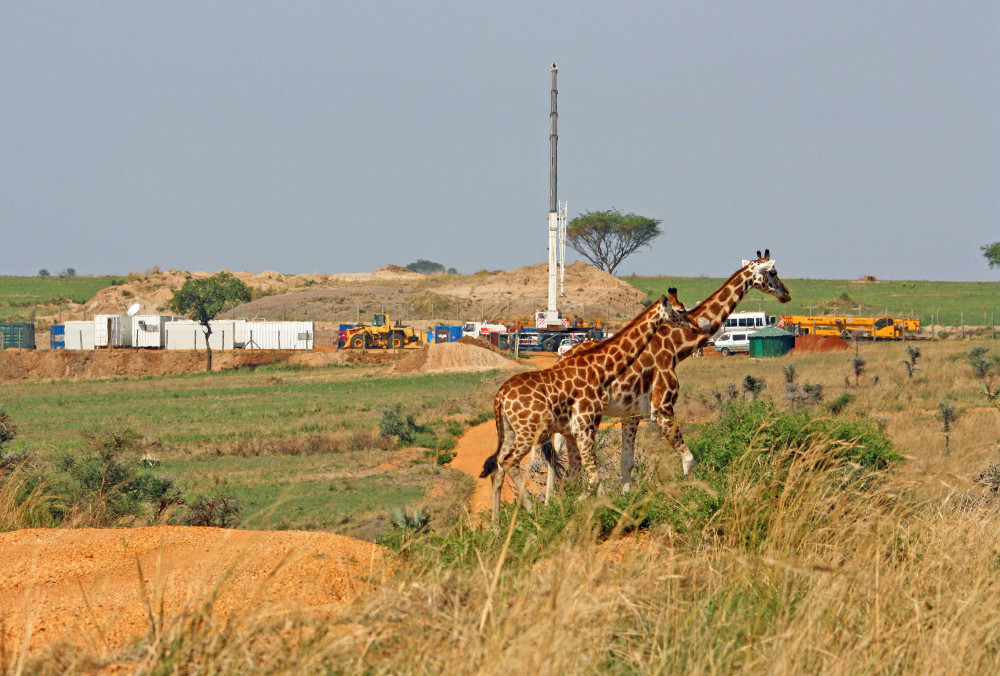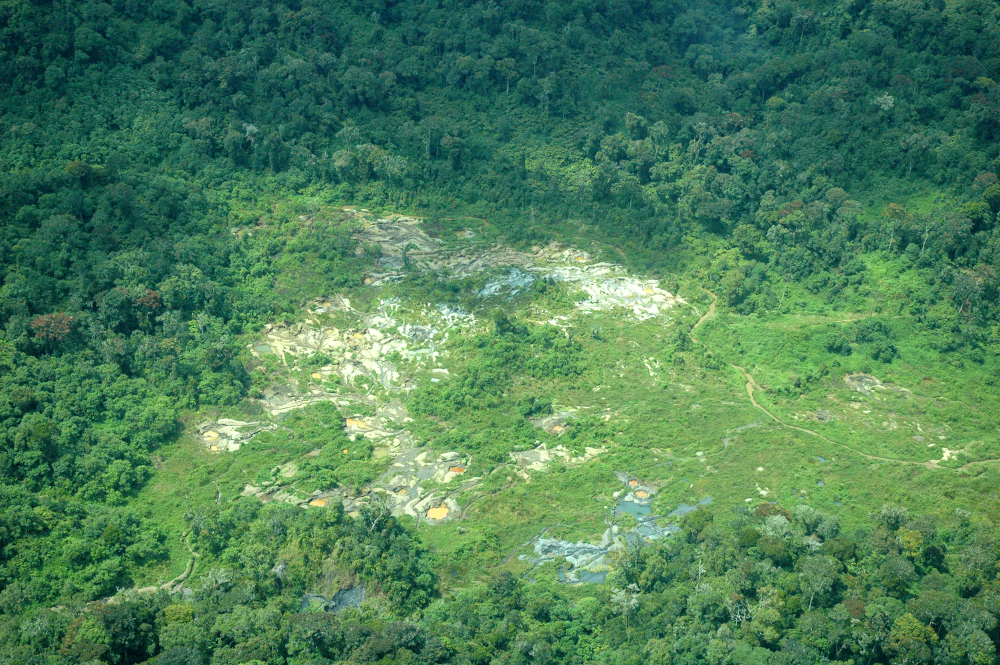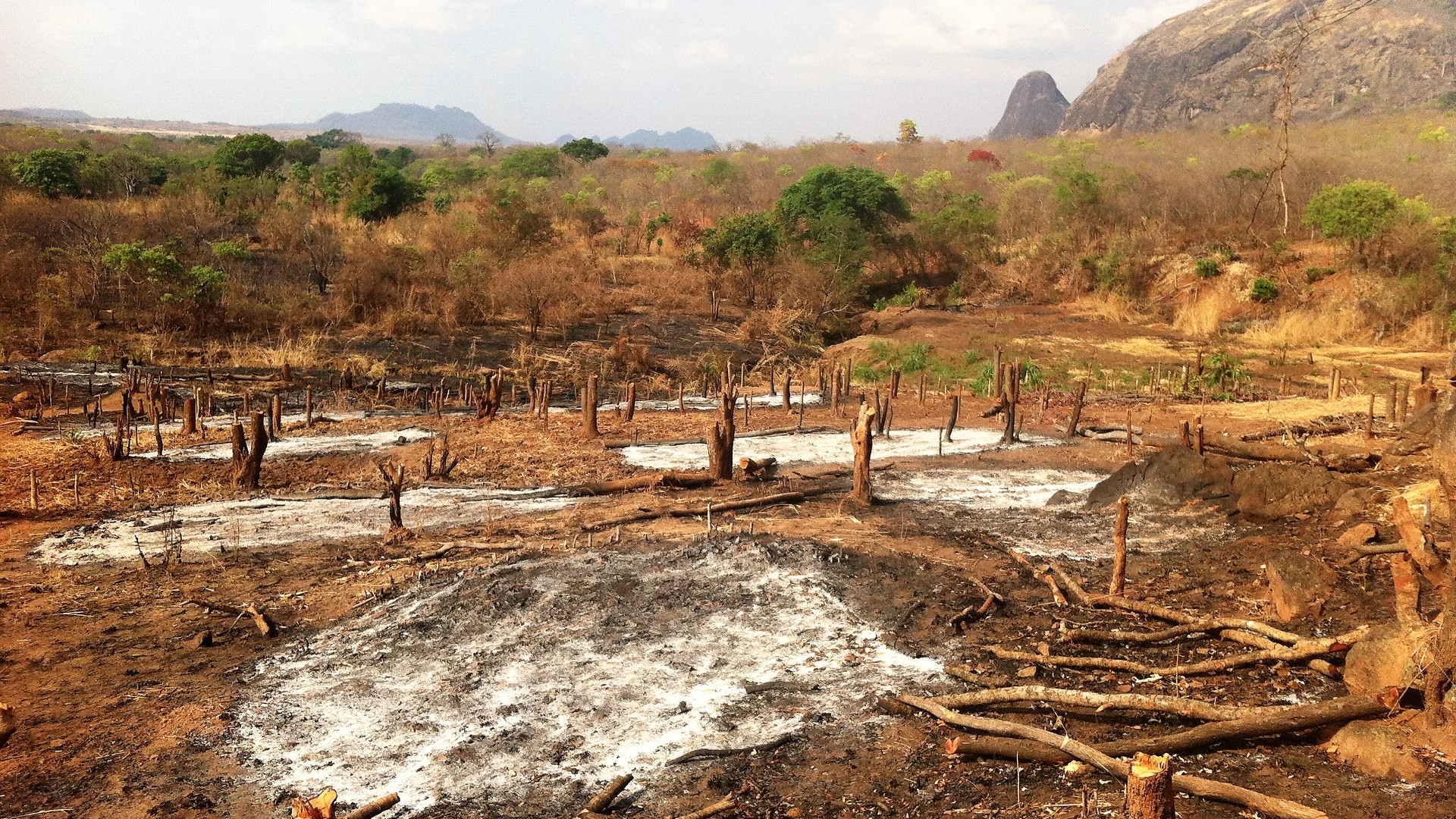More than 200,000 protected areas have been established around the world. Collectively they cover more than 7.7 million square miles — an area greater than the size of South America. Nations establish these protected areas so that plants and animals can live in spaces without human pressure — pressure that would otherwise drive many of them toward extinction.
These are nature’s strongholds, and we place great trust in protected areas to deliver on their promise. They’re a core component of the world’s most influential environmental strategy: the United Nation’s Strategic Plan for Biodiversity. Under the plan, signatory countries have agreed to ensure that 17 percent of Earth’s land surface is covered in protected areas by the year 2020 via their commitments to the Convention on Biological Diversity.
With the 2020 deadline fast approaching, many countries are striving to meet their obligations toward the global target. Yet there has been no global measure of the degree of human pressure inside protected areas. That is, until now. In a study just published in Science, we have assessed the extent and intensity of human pressure across protected areas worldwide. We found far too many areas in very poor health, with fully one-third at pressure levels linked to biodiversity declines.
Our measure of human pressure was based on the human footprint — a metric that combines data on buildings and other structures, intensive agriculture, pasturelands, human population density, night time lights, roads, railways and navigable waterways.

Somewhat incredibly, almost three-quarters of countries have more than 50 percent of their protected land under intense human pressure, and protected areas in Western Europe and southern Asia are under debilitating levels of human pressure. Only 42 percent of land safeguarded for conservation goals — making up a mere 4,334 individual protected areas — is completely free of measurable human pressure.
This health check represents an urgent reminder that we must focus on improving the condition of protected areas so that we can trust them to deliver on their promise of saving nature in 2020 and long beyond. If we are to be confident that protected areas are serving the purpose for which they were created, human pressure inside their boarders must be limited, managed, and sustainable.
Without those interventions, reports of nations that appear to have met their targets for protected land are likely to be misleading.
For example, while 111 countries have officially reached their 17 percent goal, if protected land under intense human pressure did not contribute toward their targets, 74 of these nations — just over two-thirds — would drop off that list. Moreover, the protection of some ecological types (for example, mangroves and temperate forests) would decrease by more than 70 percent if protected land under intense human pressure were discounted from data.

We did find that protected areas with strict biodiversity conservation objectives have significantly lower levels of human pressure compared to those permitting a wider range of human activities. But our overall results do not tell a happy story.
They do provide a timely chance to be honest about the true condition of global protected areas. If we cannot relieve pressure on these places, the fate of nature will become increasingly reliant on a mix of vague, largely untested conservation strategies that are subject to political whims and difficult to implement at meaningful scales. We can’t afford to let them fail.
Countries therefore need to start acknowledging and accounting for levels of human pressure inside protected areas when reporting on progress toward international conservation commitments. This will likely energize conversations about where such areas can be made better through concerted restoration efforts or by other actions to achieve higher levels of protection.
Being transparent about the true condition of protected areas is also likely to encourage countries to prioritize the protection of land that is free of human pressure. They’ll have to act quickly, however. Given the accelerating rate of human development, the opportunities to protect untouched places on Earth are rapidly dwindling.
For more on this problem, watch this video from James Watson:
The opinions expressed above are those of the authors and do not necessarily reflect those of The Revelator, the Center for Biological Diversity or their employees.

